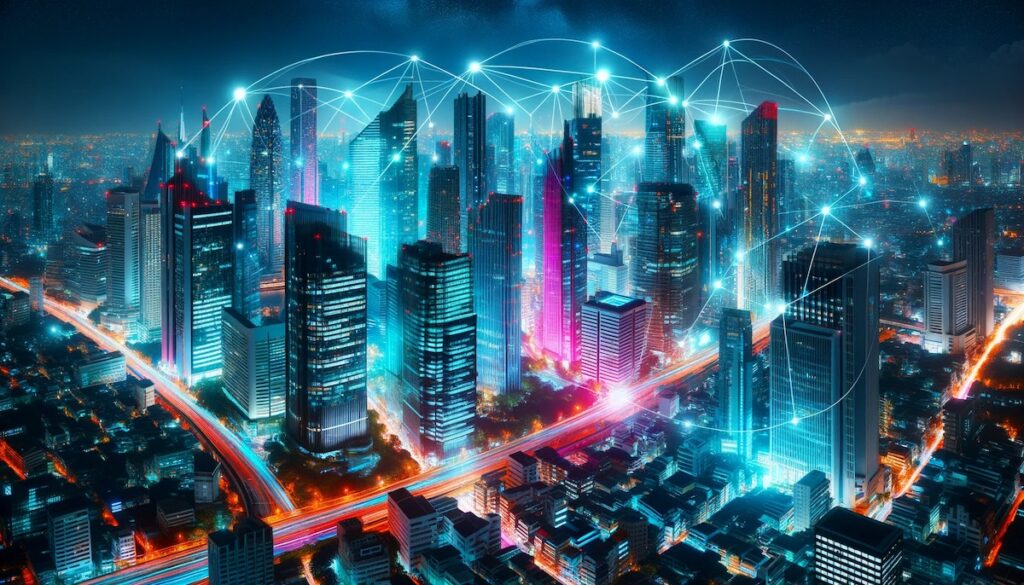While we often marvel at the most visible aspects of technology—smartphones, self-driving cars, and virtual reality, to name a few—there are underlying facets that frequently escape mainstream discussion. Specifically, issues surrounding security, sustainability, and social impact deserve our attention, as they have long-term implications that can either enhance or hinder society’s progress.
The Imperative of Cybersecurity
In a world where data has become the new currency, the importance of cybersecurity cannot be overstated. As our lives become increasingly digitized, the need to protect sensitive information, whether it be personal data or proprietary business intelligence, has risen proportionally. Cybersecurity is not merely an issue for large corporations and governments; it’s something that affects everyday individuals. From protecting your social media accounts to ensuring your financial transactions are secure, cybersecurity measures have become an integral part of our daily lives. And it doesn’t stop there. With the proliferation of Internet of Things (IoT) devices, from smart thermostats to connected medical equipment, the points of vulnerability multiply. This emphasizes the need for robust security protocols and public awareness to prevent data breaches and unauthorized access.
Sustainability and Technology
The question of sustainability in technology is twofold: How can technology help promote sustainability, and how can the tech industry itself become more sustainable? On one hand, technological innovations offer promising solutions for environmental challenges. Renewable energy technologies like solar panels and wind turbines are increasingly efficient and affordable, while data analytics can optimize everything from agriculture to waste management.
However, the tech industry also has its own environmental footprint to consider. Electronic waste, often referred to as e-waste, is a growing concern. The rapid obsolescence of devices, encouraged by a culture of constant upgrades, contributes to mounting piles of discarded electronics. Companies and consumers alike must consider the lifecycle of these products, from manufacturing to disposal, as part of a broader discussion on sustainable technology.
The Social Dimension

As we embrace new technologies, it’s essential to consider their social implications. Technology can be a force for good, breaking down barriers and democratizing access to information. However, it can also perpetuate inequality. For example, while the internet offers unparalleled access to knowledge, the digital divide—a gap between those with access to digital technology and those without—still persists, particularly in underserved communities.
Additionally, the rise of automation and AI brings into question the future of work. While these technologies can undoubtedly improve efficiency and open new avenues of human creativity, they also pose a risk to jobs, particularly those that are routine and manual. Societal and educational systems will need to adapt to prepare individuals for this changing landscape, focusing on skills that are complementary to automation, rather than those that can be easily replicated by a machine.
A Holistic Approach
To navigate these complex issues, a multidisciplinary approach is needed—one that brings together technologists, policymakers, and citizens. Cybersecurity demands collaboration between software developers, legal experts, and even psychologists to understand human behavior in the context of online threats. Addressing the sustainability of technology will require partnerships between manufacturers, recycling organizations, and environmental agencies. Lastly, grappling with the social implications of technology necessitates dialogue between educators, sociologists, and community leaders to ensure that progress benefits all, not just a privileged few.
Conclusion
While the technological innovations that capture headlines are undoubtedly exciting, it is the less visible dimensions—security, sustainability, and social impact—that will largely determine how technology shapes our future. By broadening the scope of conversations around technology to include these often-overlooked areas, we can collectively work towards a more secure, sustainable, and equitable world. Ignoring these elements may offer short-term gains, but at the cost of long-term progress. Thus, as we stand on the precipice of an increasingly digital future, it is crucial that we examine technology in its totality, considering not just its benefits but also its challenges.



